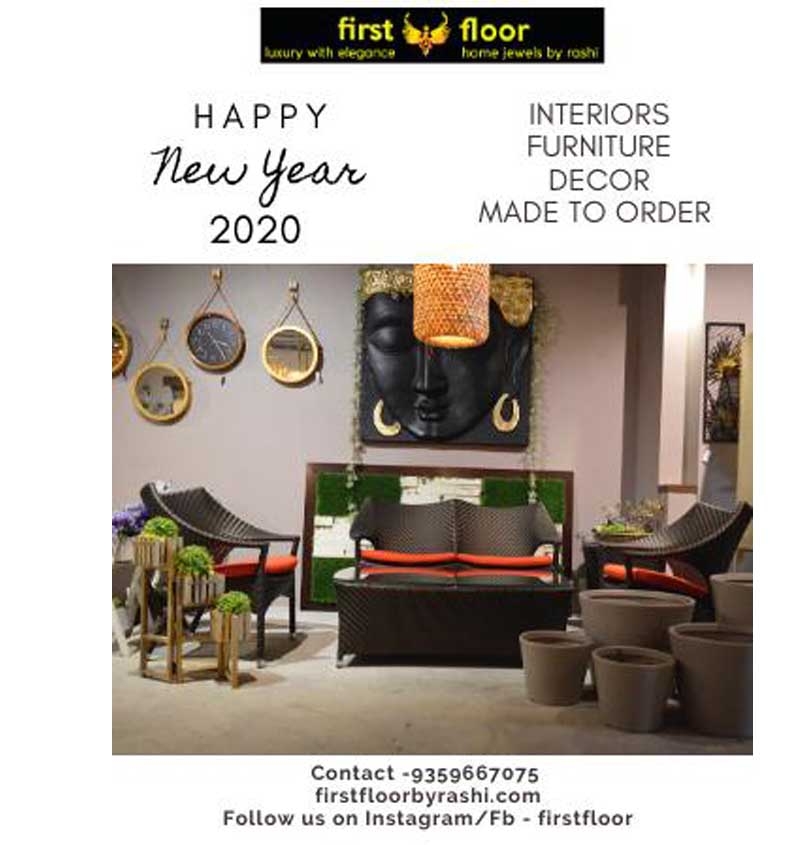🏠 What is Interior Spacing?
Interior spacing refers to how furniture, decor, and walking areas are arranged within a room. It’s about creating harmony between objects, people, and empty space — not just filling every corner.
Well-managed space means:
-
Smooth navigation and natural movement
-
Maximized functionality
-
Visually appealing balance
-
Less clutter, more calm
🛋️ Key Principles of Interior Spacing
1. Scale and Proportion
Choose furniture that fits the size of your room. Oversized couches in a small living room can overwhelm, while tiny pieces in a large space may feel lost. Striking the right balance ensures visual comfort.
Pro tip: Use the “2/3 Rule.” A rug, couch, or artwork should take up about two-thirds of the space it's meant to define.
2. Zoning and Flow
Define specific zones within open areas — like separating a dining nook from a lounge area — to give your layout structure. Maintain at least 3 feet of walking space between major pieces for smooth movement.
Use:
-
Rugs to anchor zones
-
Bookshelves or low dividers to subtly separate areas
-
Lighting to distinguish functional spaces
3. Negative Space Matters
Empty space isn't wasted space — it gives the eye room to breathe. Negative space makes a room feel open, clean, and curated. Avoid overcrowding; leave gaps between furniture and walls to create airiness.
4. Storage Integration
Smart storage solutions help reduce clutter, which is essential for good spacing. Think:
-
Multi-functional furniture (ottomans with storage)
-
Vertical shelving to free up floor space
-
Built-ins that blend seamlessly into walls
5. Lighting and Visual Flow
Lighting can make or break spatial perception. Use a mix of:
-
Ambient lighting (general)
-
Task lighting (functional)
-
Accent lighting (decorative)
Also, keep sightlines open — avoid blocking views with tall furniture in small spaces.
🛠️ Practical Tips for Every Space
Small Rooms
-
Use mirrors to create the illusion of depth
-
Stick to lighter colors for an airy feel
-
Choose furniture with exposed legs to keep sightlines open
Large Spaces
-
Anchor furniture around focal points (fireplace, rug, window)
-
Create multiple seating zones
-
Use taller elements like bookshelves or indoor plants to “fill” vertical space
Open Concepts
-
Float furniture instead of pushing it against walls
-
Use area rugs or ceiling treatments to define sections
-
Maintain visual cohesion with a consistent color palette
🔄 Refreshing Your Space Without Renovation
Sometimes a fresh layout is all you need. Try these quick changes:
-
Rearranging furniture for better traffic flow
-
Swapping out bulky items for sleek alternatives
-
Removing unused decor to open up space
Take a step back and view your space as a whole. If something feels off, it probably is — trust your instincts.
Final Thoughts
Managing interior spacing isn’t about perfection — it’s about intentional living. Every home is unique, but with thoughtful planning and mindful design choices, you can create spaces that feel open, inviting, and effortlessly functional.
So before your next design splurge or furniture move, ask yourself: Is this helping my space breathe, or crowding it?
Your home should work for you — not the other way around.



















Your Message